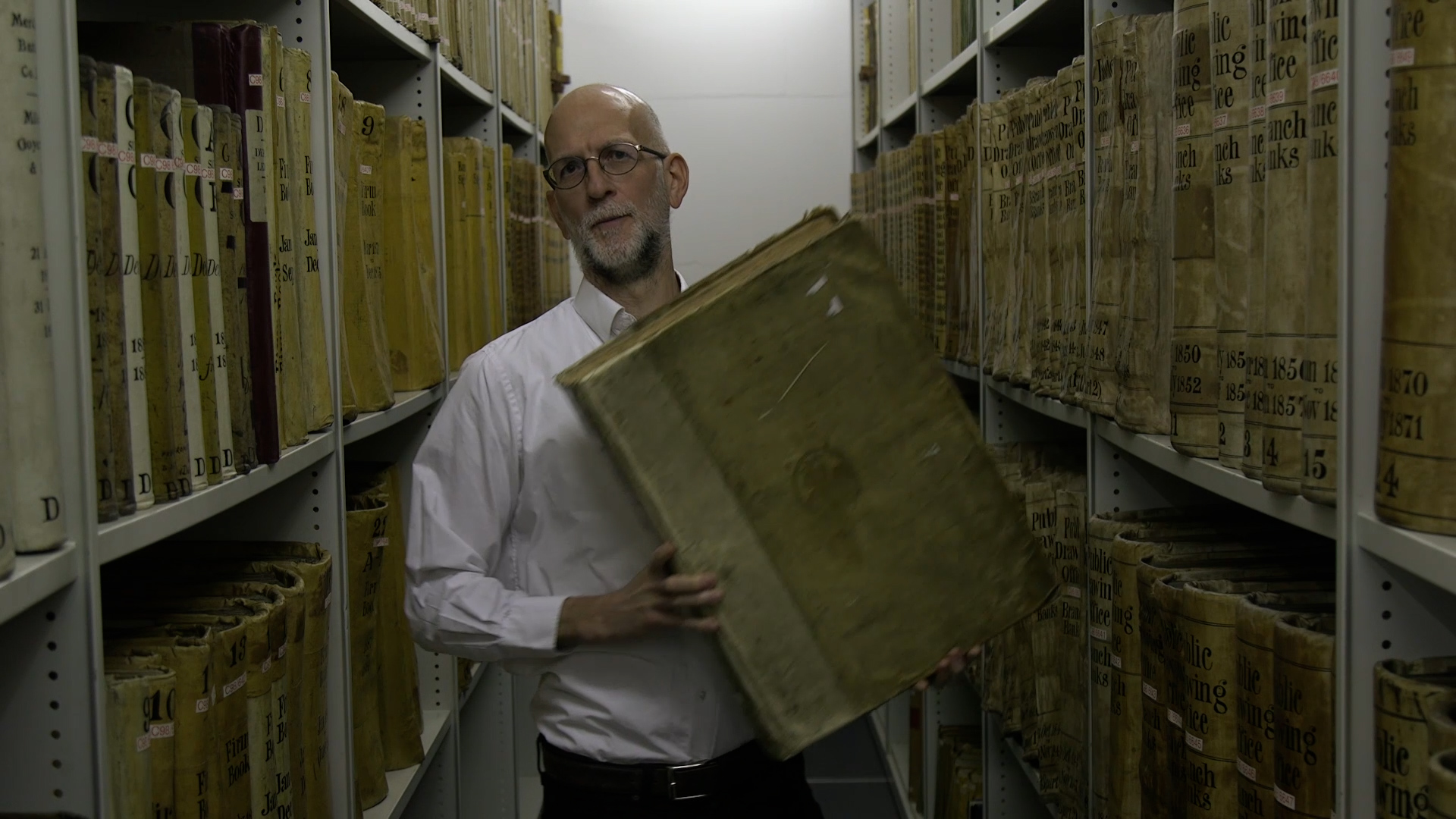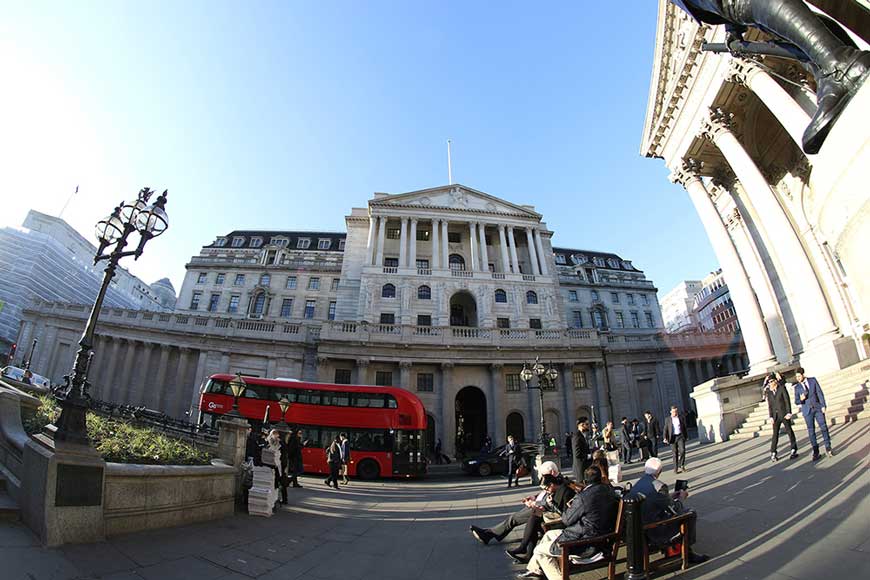Who were the original owners of the Bank of England?
Let’s start at the beginning. The ‘Governor and Company of the Bank of England’ or as most people know it, the Bank of England, was established by Royal Charter in 1694, to raise money to fund a war with France. Over 1,200 people purchased shares (known at the time as ‘Bank stock’) totalling £1.2 million, which was the value of the government loan.
The first shareholders came from a variety of backgrounds, trades and professions, including carpenters and grocers, merchants, doctors, knights and royalty.
Mike Anson, our Archive Manager, shows the first ‘Bank stock ledger’ from 1694:

-
For this year’s #ExploreYourArchive campaign, we’re going to be looking at some of the fantastic items in the Bank of England Archive. My favourite item, is bank stock ledger number one. The Bank of England was founded in 1694, to raise 1.2 million pounds for the Government to fund a war with France. Over 1500 people invested and their names are contained in this book. The first names in the ledger are King William and Queen Mary, they invested £10,000. Of course not everyone had that sort of money. Thomas Smith, a chemist from Westminster only invested £25.
The Bank of England Archive has over 80,000 items which reflect the operations and work of the Bank over 300 years, but it all starts with this ledger here.
The opening entry of £10,000 – held by King William and Queen Mary would be equivalent to approximately £1.25 million today.
Over the years, we raised more money to increase our capital and the number of shareholders grew. Some of the stock was held by institutions and firms, such as other banks, but the majority of shareholders continued to be private individuals.
In many ways, we functioned like other private companies. Profits were used to pay annual dividends (a financial reward from a portion of an organisation’s earnings) to our shareholders. These dividends varied year to year, depending on the level of profits.
Those with more than £500 of Bank of England stock were entitled to vote at annual meetings. Those who served as the Governor were required to hold at least £4,000 of stock and those serving as a Director needed to have £2,000.
When was the Bank of England nationalised?
Although we were still privately owned, from the mid-19th century onwards we started to behave less like other private banks and more like a central bank. For example, we had a control of issuing banknotes in England and Wales - and taking responsibility for protecting the financial system.
We were nationalised by the government in 1946 due to our importance to the economy. Other central banks across Europe passed from private to public ownership around this time too.
At the time of nationalisation, we had:
£14.6 million of capital
held by 17,000 shareholders
Who owns the Bank of England today?
We are wholly-owned by the UK government. The capital of the Bank is held by the Treasury Solicitor on behalf of HM Treasury.
Although we are owned by HM Treasury, we carry out our responsibilities independently. We're free from day-to-day political influence.

